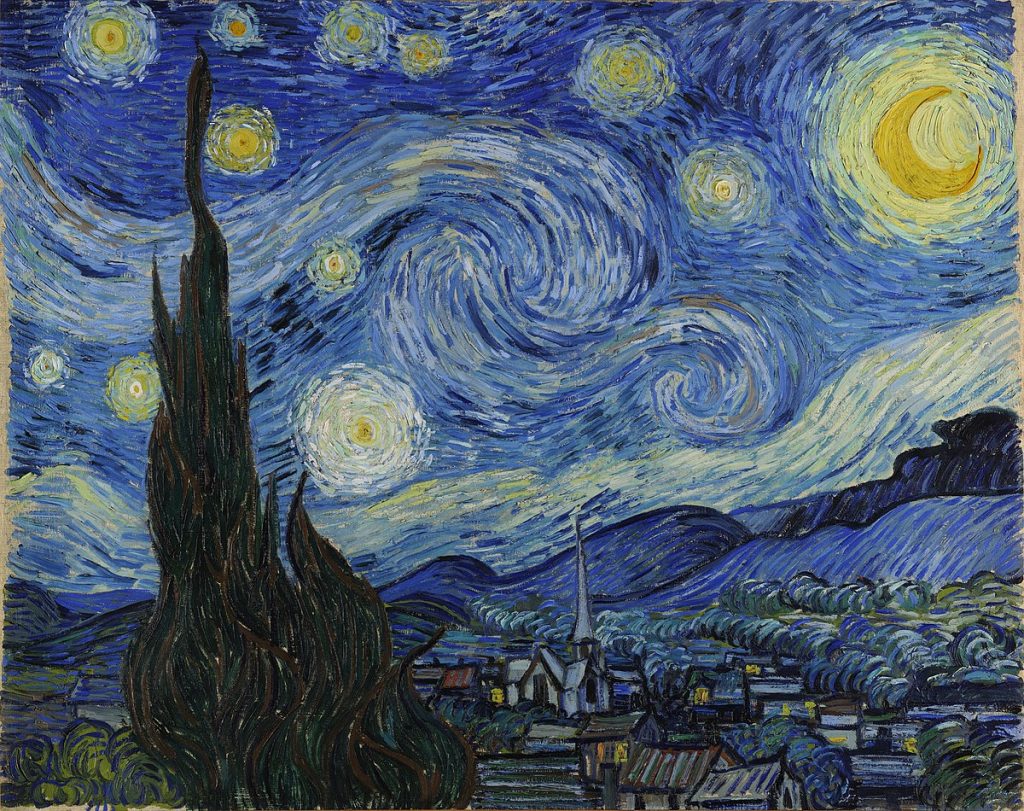Oil landscape painting is vital to the medium. Paintings that use oil paint as their primary material and portray natural landscapes are called oil landscape art. The beauty of landscapes has been captured in paintings by artists from many nations and eras throughout the centuries-long history of this genre. An oil landscape painting accurately captures nature, whereas a photograph does not. A painting must be colourful and creatively conceptualized.
“The best way to establish it in an invincible position is to imitate nature tirelessly”, was reportedly said by Vincent van Gogh. To paint the “scenery” is to replicate nature. Different geographic locations, temperatures, hours of light, weather, and variations in light and shade all affect nature. When painting landscapes, it’s essential to portray the quick changes that occur when a scene is created in various geographic locations, climates, weather patterns, hours of light, and more!
An artist specialising in painting landscapes with oil as their primary medium is an oil landscape artist. These artists frequently admire nature and its splendour and try hard to convey the spirit of different landscapes in their works of art. Oil painting is a popular medium for illustrating landscapes with fine details and atmospheric effects because it produces rich, brilliant colours and textures.
Who are the Oil Masters
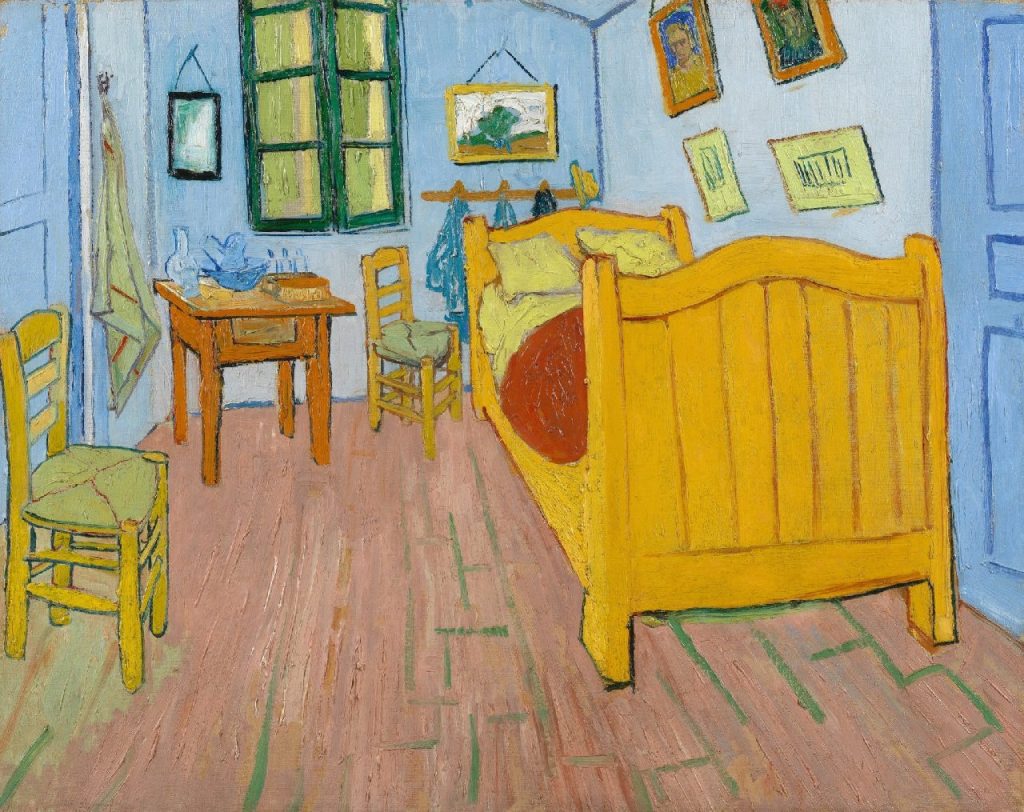
One of the most recognizable artists in history, Vincent van Gogh, is well-known for his vivid and intense oil paintings. Although van Gogh‘s artistic career was relatively short—he was born in the Netherlands in 1853—his influence on the art world was enormous. An essential component of Van Gogh’s creative process was his employment of oil paint. He experimented with vivid colours, energetic brushstrokes, and expressive methods to portray his inner feelings and observations of the outside world. He frequently applies thick, impasto paint layers to his canvases, giving the surface a sense of depth and texture.
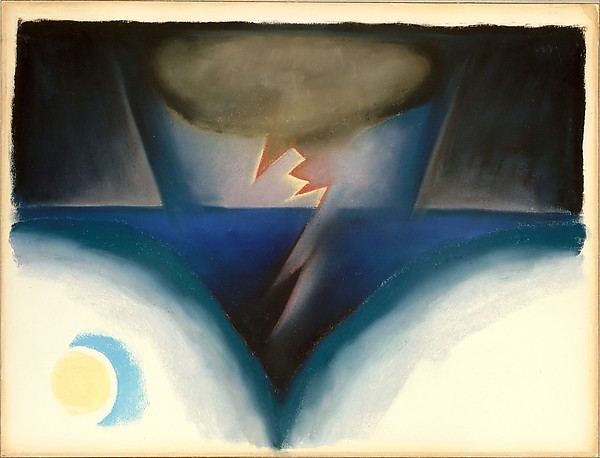
Although Georgia O’Keeffe also painted in charcoal and watercolour, her reputation as an oil painter is mostly hers. O’Keeffe, born in Wisconsin in 1887, rose to prominence as one of the most well-known American painters of the 20th century, earning recognition for her distinctive aesthetic and memorable abstract, floral, and landscape paintings. O’Keeffe’s attention to detail, vivid colour scheme, and streamlined forms define her oil paintings. She frequently focused her camera on her subjects—whether they were landscapes, flowers, or bones—to emphasize their underlying structures and abstract features in her compositions.
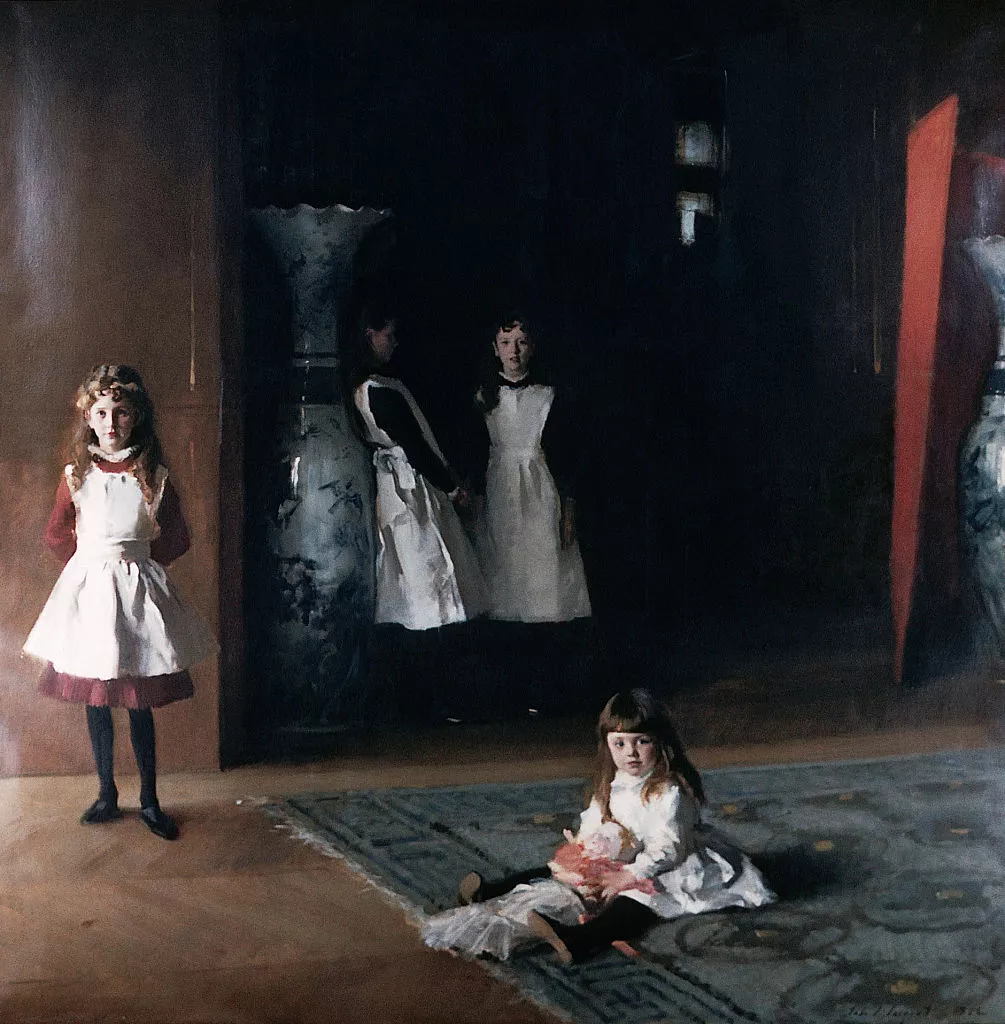
American artist John Singer Sargent was widely recognized for his proficiency and aptitude as an oil painter. Sargent, born in Florence, Italy 1856, became well-known in the late 19th and early 20th century as one of his era’s most accomplished portrait painters. Rich colours, expressive brushstrokes, and technical mastery define Sargent’s oil paintings. Whether his subjects were friends, artists, or nobles, he could capture their essence and individuality.
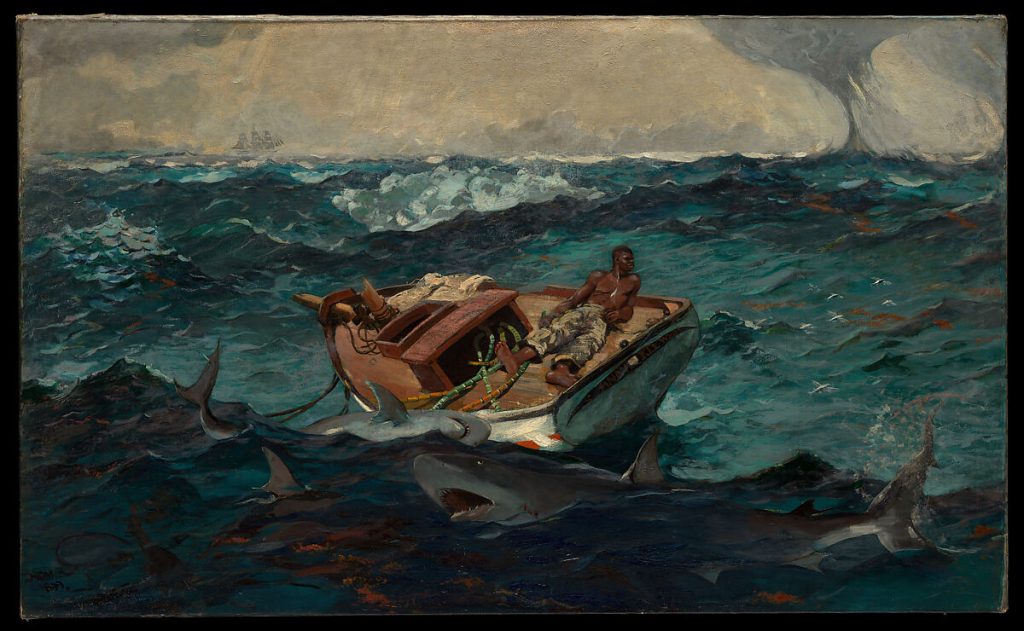
Winslow Homer was a skilled oil painter primarily recognized for his watercolour paintings and illustration work. One of the most prominent American artists of the 19th century, Homer, was born in Boston, Massachusetts, in 1836. He is well-known for his portrayals of American life, especially those including the sea, the outdoors, and rural landscapes. Homer’s oil paintings frequently demonstrated his acute compositional awareness and observational abilities. Whether painting serene countryside views, untamed seascapes, or personal portraits, he was remarkably adept at capturing the tone and spirit of his subjects.
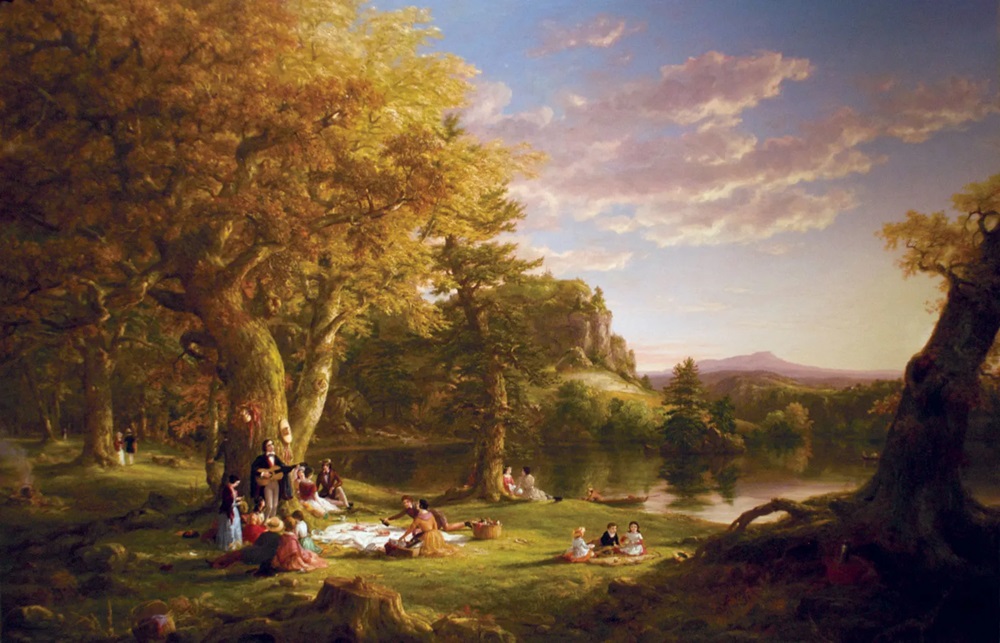
Thomas Cole was a well-known American painter frequently credited with starting the Hudson River School, a movement of landscape artists that emphasized the natural beauty of the country’s landscapes. As an oil painter, Cole’s paintings significantly influenced the American artistic identity in the 19th century. Cole, who was born in England in 1801, moved to the US at the age of seventeen together with his family. His landscape paintings, distinguished by their grandeur, intricacy, and romanticized portrayals of nature, brought him rapid fame. Large-scale vistas, imposing mountains, and serene valleys were among the grand and breathtaking scenes of the American wilderness that Cole frequently captured in his oil paintings.
German Romantic painter Caspar David Friedrich is renowned for his evocative and reflective landscape paintings, which frequently include lone humans amidst expansive, otherworldly settings. Friedrich is most known for his oil paintings. However, he also created drawings and paintings in a variety of media. Friedrich, born in Greifswald, Germany, in 1774, is known for his meticulous attention to detail, symbolic imagery, and intense emotional resonance in his works. Romanticism, a movement that highlighted a person’s emotional experience and connection to nature, had a profound impact on him. Friedrich’s oil paintings frequently included magnificent themes that emphasized the majesty and strength of nature. He often used light and shadow to evoke drama and mystery in his depictions of craggy cliffs, deep forests, and vast seascapes.
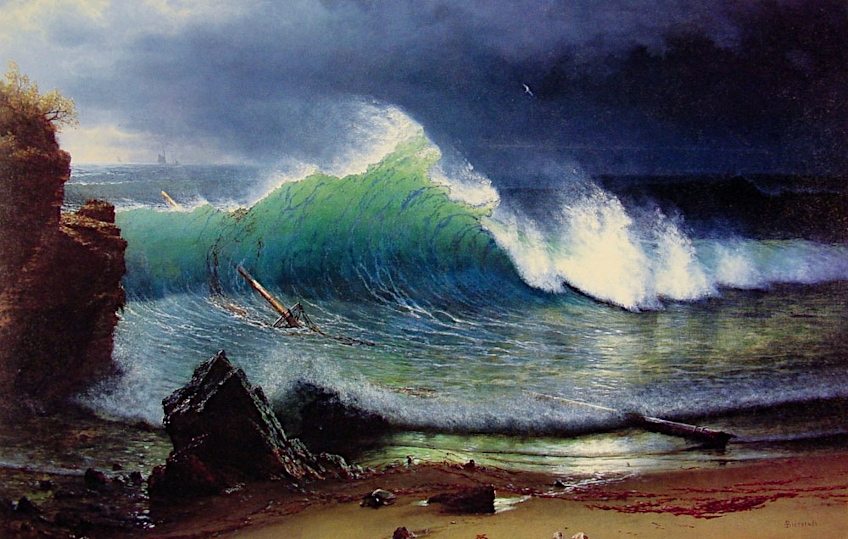
German-American painter Albert Bierstadt is most recognized for his magnificent American West landscapes from the 19th century. He specialized in oil painting, and his creations greatly impacted how people saw the American frontier in the expansionist era. Bierstadt, born in Germany in 1830, immigrated to the US at an early age with his family. His large-scale, intricate oil paintings that perfectly represented the majesty and splendour of the American environment won him recognition. In Bierstadt’s paintings, expansive plains, soaring mountains, and bright skies are frequently depicted dramatically. He painted with wonder and devotion the vistas of the Sierra Nevada, Yosemite Valley, and the Rocky Mountains.
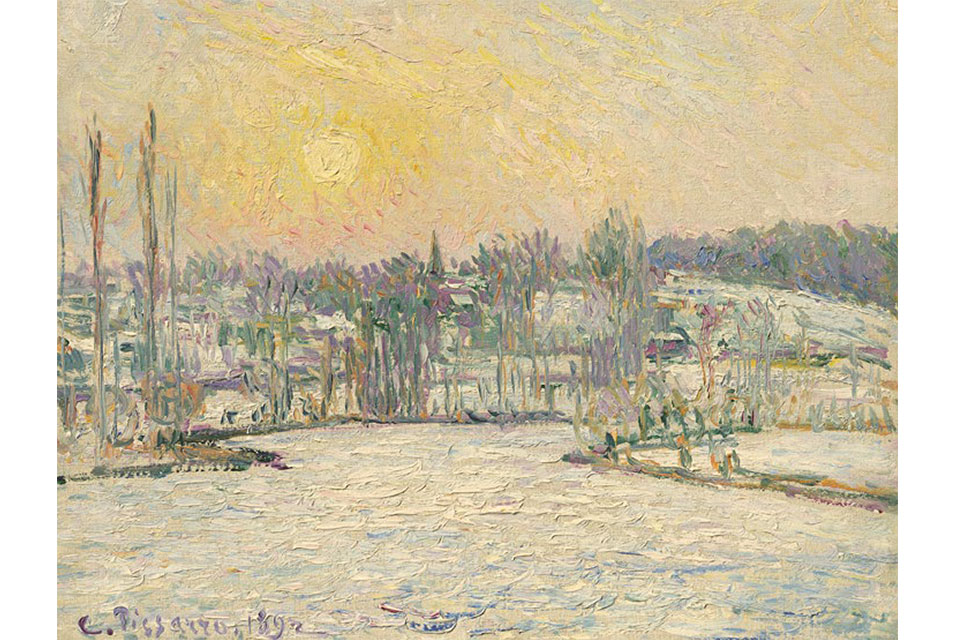
An essential member of the Impressionist movement, Camille Pissarro was best recognized for his oil paintings. Danish-French artist Pissarro was born in 1830 on the island of St. Thomas, now a part of the United States Virgin Islands. He made a vital contribution to the creation of modern art. Pissarro’s oil paintings are distinguished by their bold colours, free brushstrokes, and focus on encapsulating the mood and light. He frequently worked outside to directly observe and capture the scenes around him while painting en plein air. Pissarro was one of the first Impressionists, and his paintings helped to establish the movement’s tenets of employing bold, impulsive brushwork to capture the transient effects of light and atmosphere.
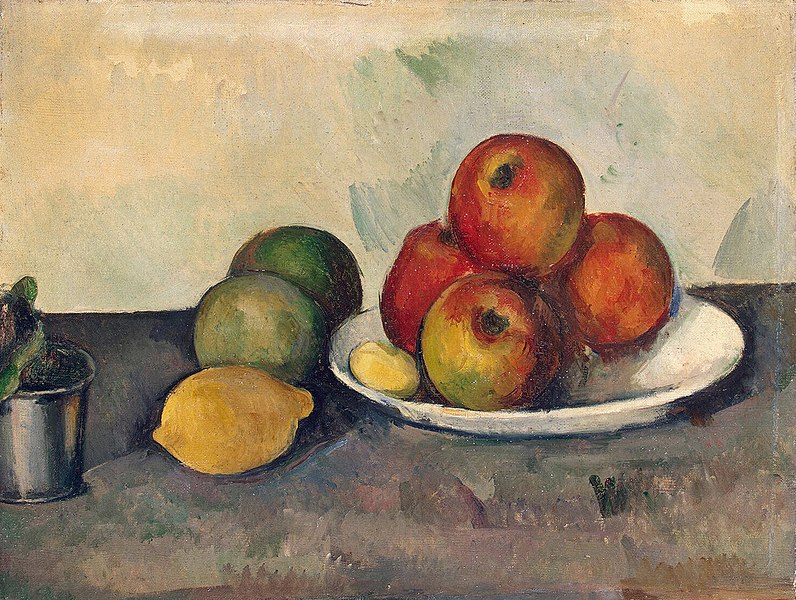
Courtesy – Wikipedia
French Post-Impressionist painter Paul Cézanne is renowned for his revolutionary contributions to modern art, especially in the growth of Cubism. Although Cézanne painted in various media, such as watercolour and sketching, his fame stems mainly from his oil paintings. Cézanne was born in Aix-en-Provence, France, in 1839. His oil paintings are notable for their inventive use of form, colour, and composition. He disregarded academic painting standards in favour of using aggressive brushstrokes and geometric shapes to convey the essence of his topics. Among his most well-known pieces are his still lifes, portraits, and landscapes by Cézanne. He frequently painted views from his home region of Provence, capturing the untamed beauty, sun-kissed vistas, and vivid colours of the area.
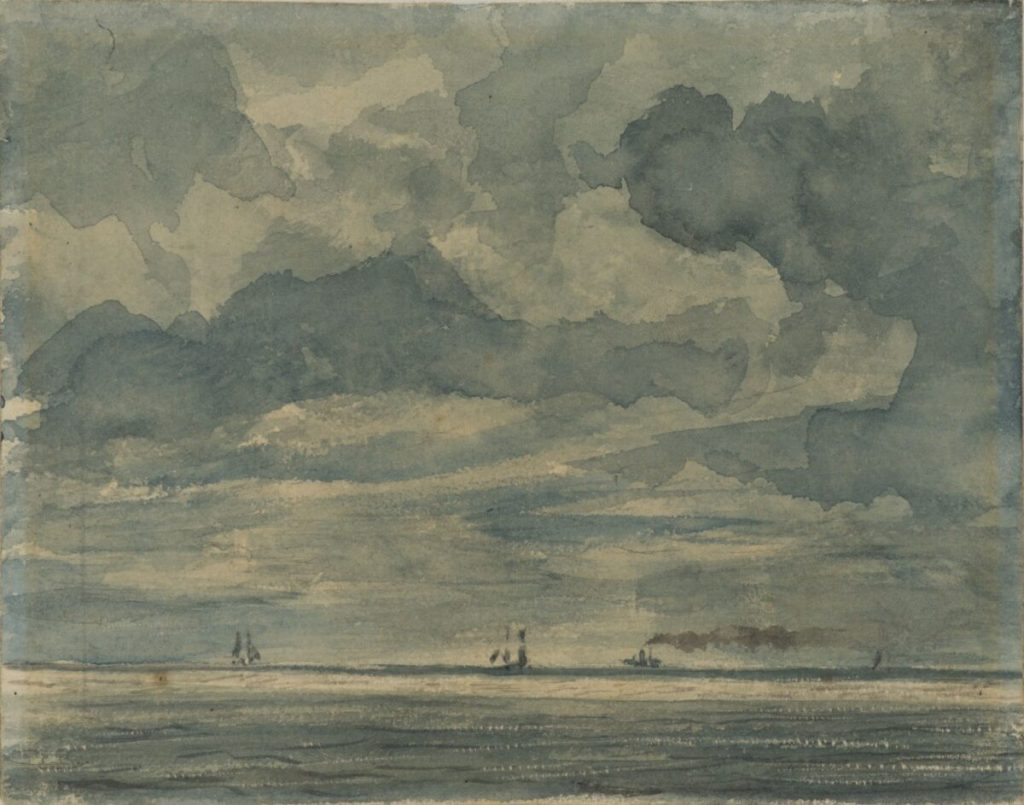
Courtesy: The Courtauld, London.
British painter John Constable is well-known for his landscape paintings, especially those that show the English countryside. His primary medium of choice was oil paint, and he is renowned for his ability to capture the ambience and minute details of the natural environment. In his oil paintings, Constable, born in Suffolk, England, in 1776, frequently depicted views from his childhood home of the scenic region of Dedham Vale. He was enthralled with the shifting light, weather, and seasons and yearned to represent them in his artwork because he cherished nature. Rich colours, lively brushstrokes, accurate clouds, trees, and water representations define Constable’s works. He frequently painted en plein air, perfecting the transient effects of light and atmosphere.
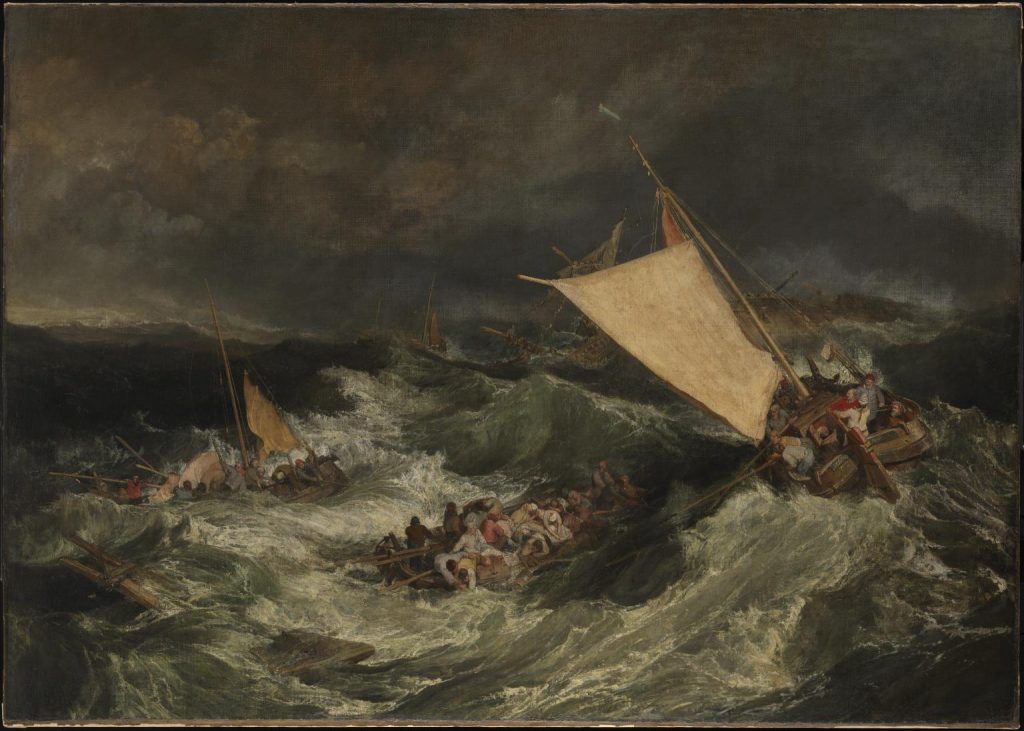
British painter J.M.W. Turner, whose real name was Joseph Mallord William Turner, was renowned for his inventive use of colour, light, and mood in his oil paintings. Turner was born in 1775. He is regarded as one of the most accomplished landscape painters in the annals of art. In his oil paintings, Turner frequently portrayed dramatic natural scenes, such as seascapes, landscapes, and historical events. He was remarkably adept at capturing the awe-inspiring beauty and force of the natural world, bringing drama and passion to his paintings. “The Fighting Temeraire Tugged to Her Last Berth to be Broken Up” (1839), one of Turner’s most well-known pieces, depicts a decommissioned cruiser pulled by a steam tug as it sets against the Thames River at dusk.
American painter Martin Johnson Heade is renowned for his vivid and meticulous renderings of flower still lifes, landscapes, and seascapes. He is regarded as one of the most influential American artists of the 19th century, and he mostly created paintings using oil paint. Born in Pennsylvania in 1819, Heade frequently depicted scenes from his domestic and overseas trips in his oil paintings. He spent a lot of time painting en plein air in South America, Florida, and New England because of their stunning coastlines and landscapes. Heade’s paintings are distinguished by their sense of atmosphere, vivid colours, and meticulous attention to detail.
American painter Russell Chatham is renowned for his breathtaking landscape paintings, especially those that capture the American West. He is famous for his ability to convey the distinct beauty and mood of the landscapes he painted, and he mostly used oil paint. Chatham, born in California in 1939, frequently depicted landscapes in his oil paintings, including untamed valleys, undulating plains, and craggy mountains in the West. He spent much of his life travelling around and painting the landscapes of Montana, Wyoming, and Idaho because he felt a solid connection to the area. Vivid colours, expressive brushwork, and a feeling of mood and atmosphere distinguish Chatham’s paintings. He had a talent for expressing how light and shadow interacted with subtle variations in colour and texture.
American landscape painter William Trost Richards is renowned for his painstakingly rendered oil paintings of landscapes, seascapes, and coastal views. Richards, born in Philadelphia in 1833, became one of the country’s most prominent landscape painters in the late 19th century. The rocky coasts of the Atlantic Ocean and the untamed coastlines of New England, especially those of Maine, were frequent subjects of Richards’ oil paintings. He expertly captured the intricate textures of cliffs, waves crashing against boulders and the constantly shifting effects of weather and light. “Seascape with Distant Lighthouse” (1879), one of Richards’ most well-known pieces, demonstrates his skill in capturing the bright quality of sunlight reflecting off the ocean and the rough beauty of the subject.
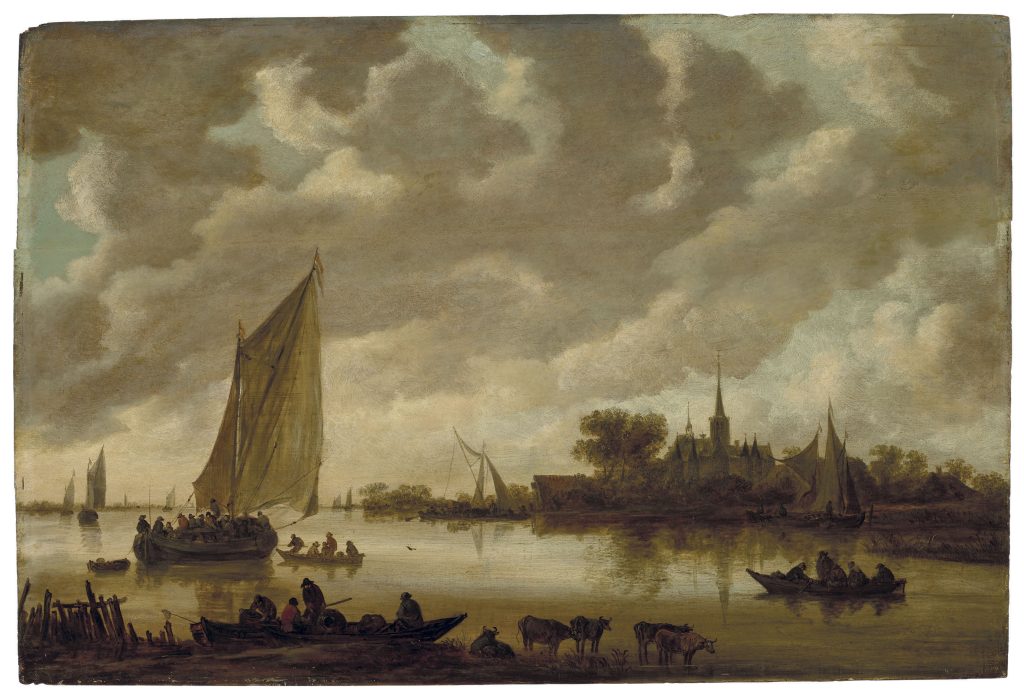
Dutch Golden Age landscape painter Jan van Goyen is renowned for his atmospheric and tonal oil paintings of seascapes, riverscapes, and Dutch landscapes. Van Goyen, born in Leiden, Netherlands, in 1596, rose to prominence as one of the most well-known and prolific landscape painters of his day. Van Goyen’s oil paintings frequently show the Dutch countryside’s calm river views, windmills, villages, and coastal landscapes. Soft, subdued colours and subtle tonal fluctuations characterize his works, which are characterized by his preoccupation with the effects of light and environment. “View of Dordrecht” (1644), one of van Goyen’s most well-known pieces, demonstrates his skill at capturing the peace of the Dutch countryside and the city’s unique architecture and nautical activity.
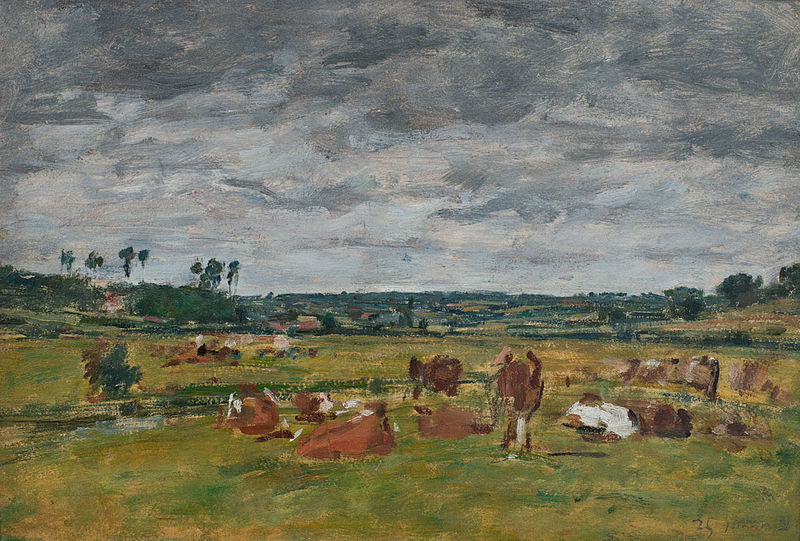
French painter Eugène Boudin is renowned for his contributions to the growth of Impressionism, especially for his innovative work in oil paintings of harbours, beaches, and coastal views that captured the atmosphere and light. Born in Honfleur, France, in 1824, Boudin’s early training as a marine painter prepared him for his subsequent experiments with atmospheric effects and outdoor painting. Boudin frequently portrayed images of ordinary life along the Normandy shore in his oil paintings, including crowded harbours, fishing boats, and beaches. He had an excellent eye for capturing the minute details of movement, light, and weather. His works are distinguished by their vivid colours and free-flowing, expressive brushstrokes.
German-born American landscape painter Hermann Ottomar Herzog is renowned for his evocative and meticulous oil paintings of landscapes, especially those from the American West and Northeast. Herzog, who left his birthplace of Bremen, Germany, in the middle of the 19th century to immigrate to the US, rose to fame for his ability to capture the varied landscape of the US. Herzog frequently depicted landscapes with untamed mountains, tranquil lakes, meandering rivers, and wide-open spaces in his oil paintings. His ability to capture the majesty and splendour of the American environment and how light and atmosphere affect the natural world was exceptional.
Oil landscape painters have been influential in art history because of their skilful use of colour, composition, and technique to capture the majesty and beauty of the natural world. These artists, whose vivid depictions of the landscape have inspired generations, have made a lasting impression on the art world, from the luminescent landscapes of Claude Monet to the rough seascapes of Winslow Homer.
In addition to showcasing the splendour of the natural world, oil landscape painters have also captured the social, political, and environmental issues of their era in their works. With their depictions of the dramatic intensity of a stormy ocean or the peaceful tranquillity of a rural scene, these painters have opened viewers’ eyes to the unique beauties of our surroundings.
Twenty Well-Known Abstract Painters Who Changed the Way We Look at Painting


